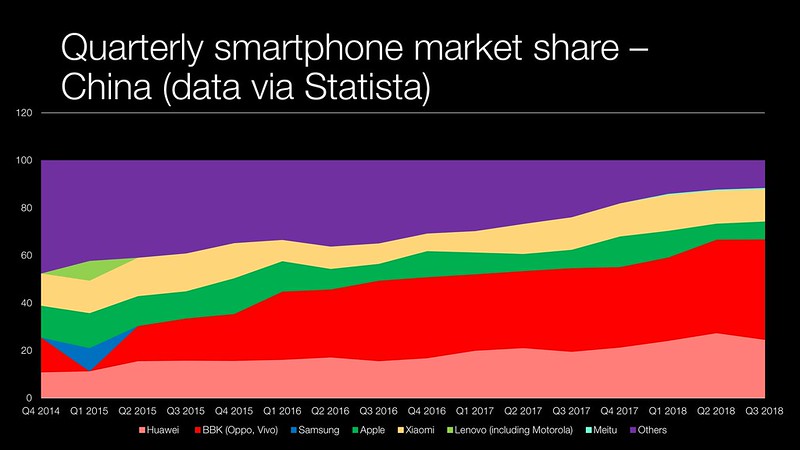Paying for Keeps | CC Insight – 3-year phone contracts will suppress smartphone market even further, that includes 5G handsets (the why 5G in a handset is a whole other question). 3-year phone contracts will also likely encourage SIM only shopping. More wireless related content here.
MOFT – World’s First Invisible Laptop Stand – of course early laptops had more opportunity to do ergonomic design which isn’t available when you fallow Apple’s ‘size zero’ design ethos. My first laptop an Apple PowerBook 165 had small rotatable legs. I am surprised that class action suits aren’t a thing due to RSI and carpal tunnel syndrome on modern laptops. The ergonomic information required to make the case for MOFT has been available for decades
Uncover Harassers – rage as a plug-in. Surprised that there isn’t a UK version for gammons and remoaners respectively. Download this plug-in to optimise you’re being triggered. I get where they coming from but I can also see the downside of it as well
The Facts About Facebook – WSJ – Zuckerberg’s op-ed falls flat with WSJ subscribers. A lot of people have written out how this back end binding of the services is as much about fending off coming regulation as anything else. Think Internet Explorer and Windows when Microsoft were taken to task. Read also Opinion | Mark Zuckerberg, Let Me Be Your Ghost Writer – The New York Times – funny but true, love the VCR analogy (paywall)
I Bought a Fake Canada Goose Jacket on Amazon – The Atlantic – Amazon is full of fake stuff. There doesn’t seem to be a vendor quality control facility on Amazon Marketplace
Global mobile ad spend set to tip TV in 2019 thanks to programmatic boom, and 5G boost – a 5G boost really?
Huawei/Edelman Relationship Ends Before It Starts | Holmes Report – very interesting reading and the optics are pretty bad for Huawei.
Xiaomi Mijia laser 4K projection TV goes on sale for 14999 Yuan ($2210) – Gizchina.com – who has clear space for a 100 inch screen to be thrown up on a wall?
China has a special passport for its elites—like Huawei’s detained executive — Quartz – the smoking gun that connects Huawei to the government in the way that the company has always denied. I was really surprised that more hasn’t been made of this story. A P series or ‘Public Affairs’ passport is a non-diplomatic, but otherwise VIP passport for party officials and others who are very tightly involved with the Chinese government. It is the smoking gun that links Huawei and the Chinese government in a way that hasn’t been previously done and shreds a lot of Huawei’s counter arguments
Tencent, NetEase Shut Out Again in New Batch of Games OK’d by China – Variety – “Given the current speed of new game approval, the backlog of games waiting for licensing, and the government’s stricter control over game content, we estimate it could take two to three years before the Chinese games industry stabilizes,”
‘They need the scale’: DTC brands like Peloton and Chewy are buying more TV ads | Digiday – because TV advertising still works
WSJ City | Russia accuses Facebook Twitter of failing to comply with data laws – surprised more countries aren’t Balkanising personal data storage
